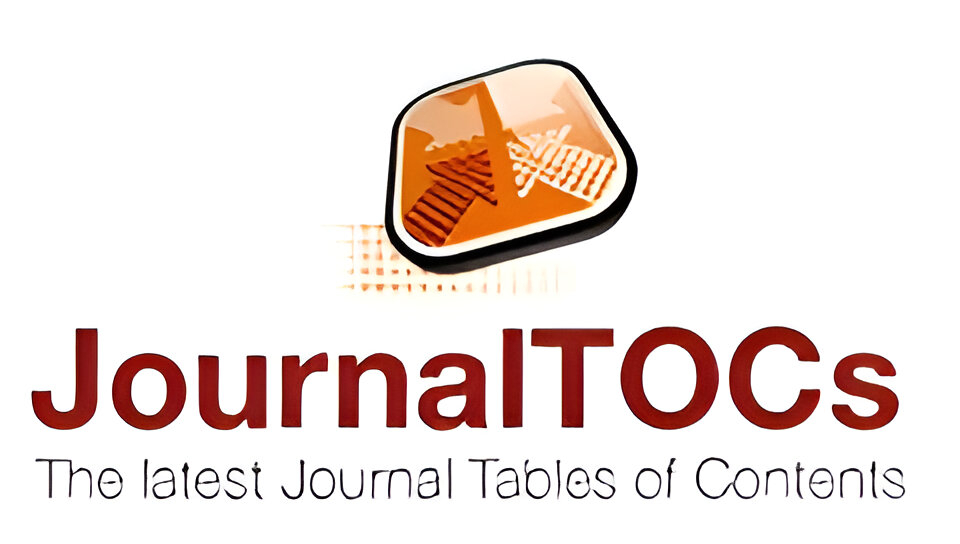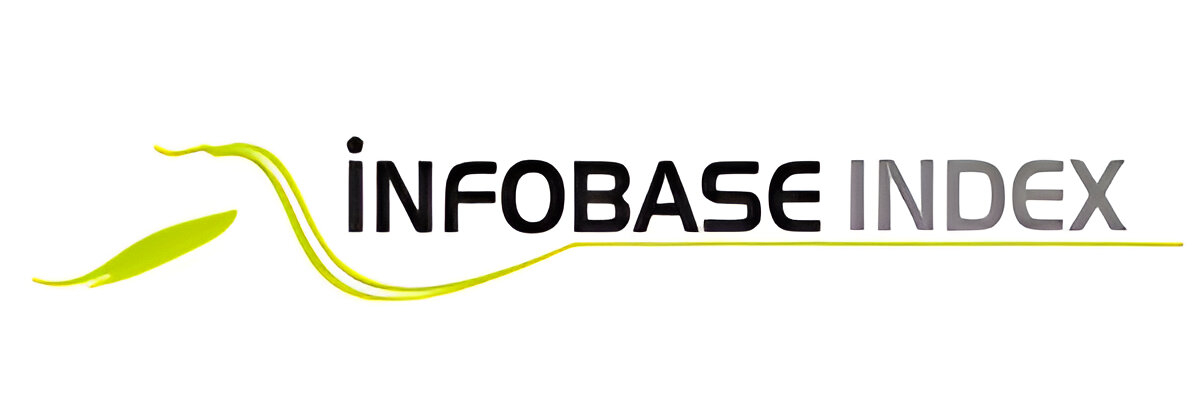Clustering-classification method for human activity recognition using smart phone dataset
Abstract
The study of human activities is known as Human Activity Recognition (HAR). A few examples of the many real-world uses of HAR include healthcare systems, rehabilitation, and monitoring patients on a regular basis to determine how they are doing in terms of lowering the risk associated with activities of daily life. Traditional HAR algorithms abound, but they have a long way to go before they meet modern standards in areas like privacy and accuracy. Two main types of HAR exist: those that rely on vision, such surveillance footage and images, and those that rely on sensors, like smartphones, smart watches, and wearable gadgets. Concerns about privacy, data storage capacity, expense, infrastructure, and accuracy arise when using external devices for data collection in vision-based HAR. Data is collected by the sensor-based HAR using on-body smart devices worn in the bell, ankle, wrist, chest, and abdomen. The sensors built into these gadgets collect data that is both useful and sensitive to user privacy. This study proposes GSCV-RF and GSCV-SVM methods based on Random Forest (RF) and Support Vector Machine Classifier (SVMC), respectively, with the goal of addressing all facets of sensor-based human activity recognition, including datasets, pre-processing techniques, optimization techniques, classification models, and prediction accuracy. If we compare these approaches to more traditional models, we see that they provide far more accurate predictions. The following terms are used interchangeably: sensors, classification, machine learning, optimization, prediction, and human activity recognition.











